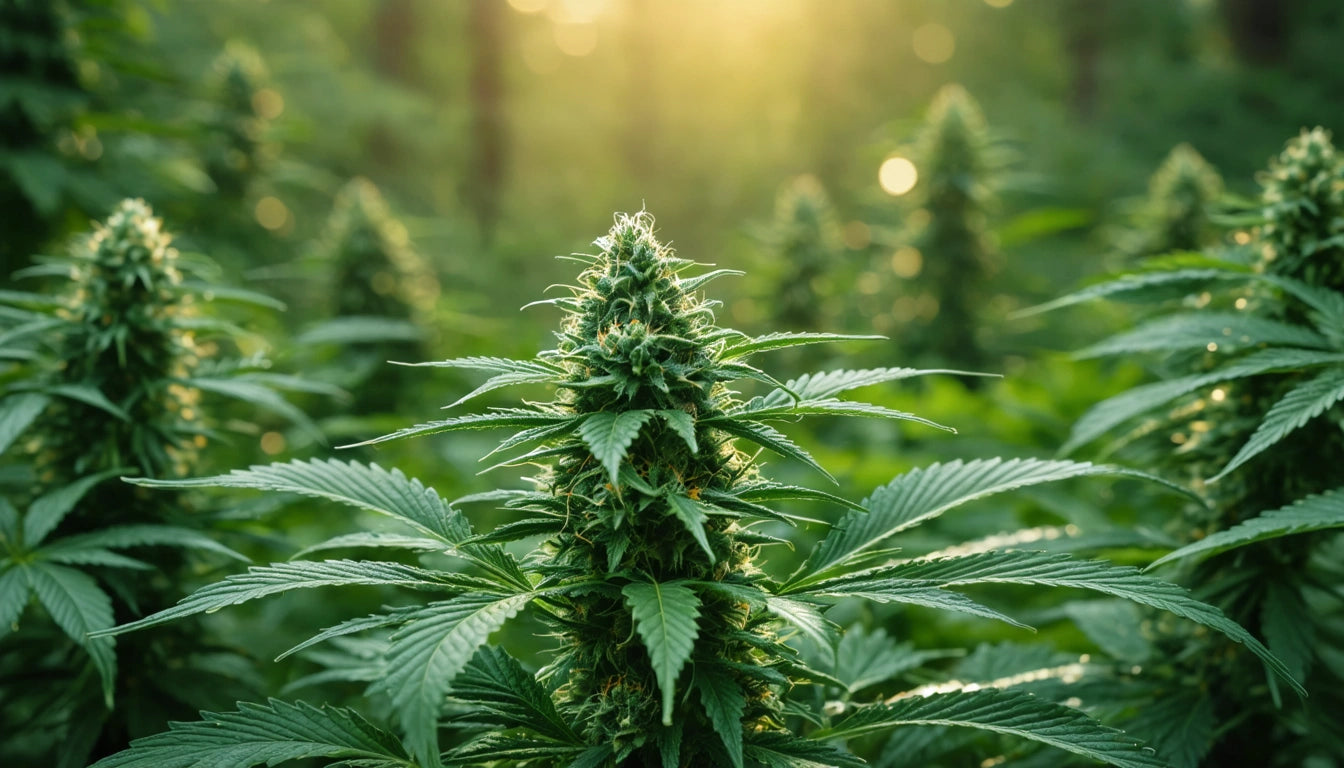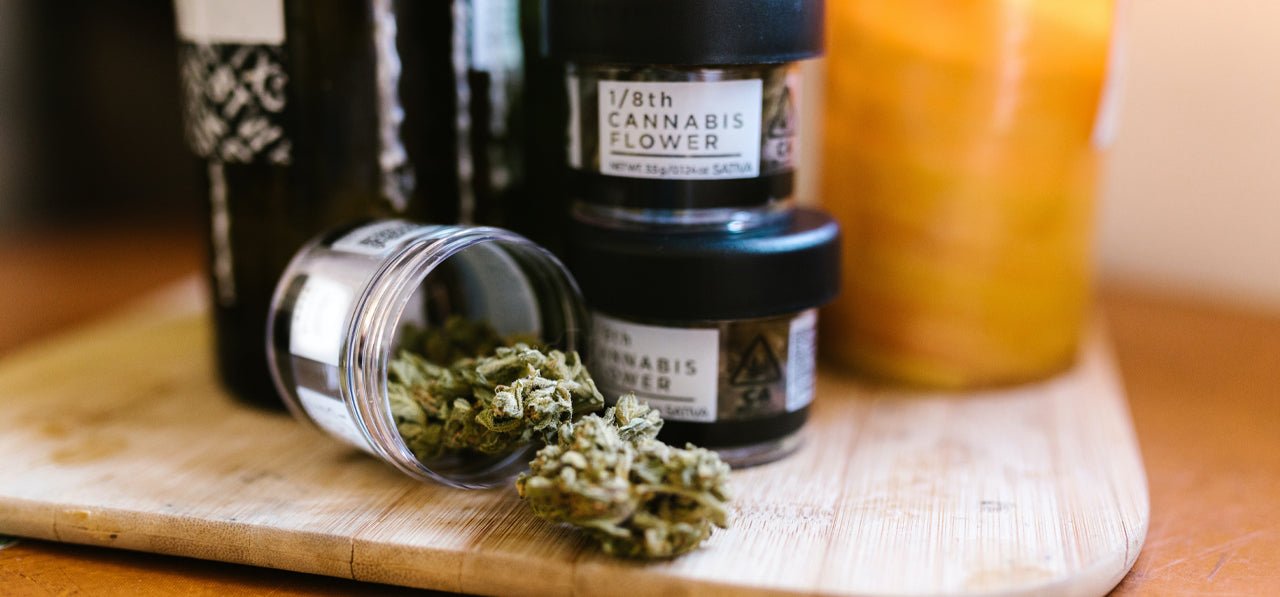Table of Contents
- Understanding Cannabis Appearance: What Healthy Cannabis Looks Like
- Discoloration Issues: Brown, Black, and Purple Cannabis
- Texture Problems: Hard Buds and Structural Issues
- Irritation and Handling: When Cannabis Stings or Irritates
- Dying Plants: Identifying and Reversing Plant Decline
- Prevention Strategies: Maintaining Healthy Cannabis Plants
Identifying and Addressing Common Issues with Your Cannabis Plant
Cannabis cultivation requires attention to detail and quick problem-solving skills. When issues arise with your plants, identifying the cause is the first step toward resolution. From discoloration to unusual textures, this guide will help you understand common cannabis plant problems and how to address them effectively.
Understanding Cannabis Appearance: What Healthy Cannabis Looks Like
Before discussing problems, it's important to understand what healthy cannabis should look like. Healthy cannabis typically displays vibrant green coloration with occasional purple, orange, or red hues depending on the strain. The buds should be slightly sticky due to resin production, with visible trichomes giving them a frosty appearance.
According to our comprehensive guide on identifying cannabis, properly cultivated and cured buds should have a moderate density, neither too airy nor rock-hard. They should give slightly when gently squeezed but return to their original shape.
Discoloration Issues: Brown, Black, and Purple Cannabis
Why Is My Weed Brown?
Brown cannabis typically indicates one of several issues:
- Improper curing or storage causing oxidation
- Aging cannabis that has degraded over time
- Exposure to excessive heat during growth or storage
- Nutrient burn during the growing phase
- Mold or rot issues (especially if accompanied by a musty smell)
To address brown cannabis, first determine if it's safe to consume by checking for mold (white, fuzzy patches or dark spots with unusual texture). If mold is present, discard the product. If it's simply oxidized, it may still be usable but will likely have reduced potency and harsher smoke.
Why Is My Weed Blackish?
Black coloration in cannabis is concerning and usually indicates:
- Severe mold or bud rot
- Extreme oxidation
- Improper drying causing decomposition
- Possible contamination with foreign substances
Black cannabis should generally be avoided as it often indicates issues that make consumption unsafe. In growing plants, black spots on leaves may indicate fungal infection or severe nutrient issues that require immediate attention.
What Color Is Weed Normally?
Cannabis naturally ranges in color from light to dark green, with some strains displaying purple, blue, red, or orange hues. As explained in our article on purple cannabis, these color variations often result from genetics, temperature exposure, and specific growing conditions.
Texture Problems: Hard Buds and Structural Issues
Why Is My Weed Hard Like a Rock?
Excessively hard cannabis buds can result from:
- Over-drying during the curing process
- Machine trimming that compresses the buds
- Use of plant growth regulators (PGRs) during cultivation
- Vacuum-sealing or compression during packaging and transport
While density is often valued in cannabis, rock-hard buds may indicate PGR use, which is concerning for health reasons. These chemicals produce unnaturally dense buds with fewer trichomes and a chemical taste. If you suspect PGR cannabis, sourcing from reputable growers who use our premium packaging solutions for pre-rolls and flower can help ensure quality and safety standards.
Irritation and Handling: When Cannabis Stings or Irritates
Weed That Stings When Touched
If handling cannabis causes skin irritation or stinging, consider these possible causes:
- Trichome irritation (natural resin can irritate sensitive skin)
- Allergic reaction to cannabis compounds
- Presence of pesticide residue
- Contamination with mold spores or other allergens
- Mechanical irritation from sharp leaf edges or stems
To minimize irritation, wear gloves when handling plants or buds, especially during trimming. Washing hands thoroughly after contact can also help reduce reactions. If irritation persists or is severe, consult with a healthcare provider as you may have a cannabis allergy.
Dying Plants: Identifying and Reversing Plant Decline
Why Is My Weed Plant Dying?
Cannabis plants may show signs of decline for numerous reasons:
- Improper watering (over or under)
- Nutrient deficiencies or toxicities
- pH imbalance in soil or growing medium
- Pest infestations (spider mites, aphids, etc.)
- Disease (powdery mildew, root rot, etc.)
- Environmental stress (temperature extremes, light burn)
- Root binding or poor transplanting
To diagnose a dying plant, examine it systematically:
- Check leaves for discoloration patterns (yellowing, spotting, curling)
- Inspect stems for strength and color
- Examine soil moisture and drainage
- Look for pests on both sides of leaves
- Check root health if possible
Once you've identified the likely cause, take appropriate corrective action. For nutrient issues, flush the soil and reintroduce balanced nutrients. For pests, implement appropriate organic or chemical controls. Environmental issues require adjustments to your growing setup.
Prevention Strategies: Maintaining Healthy Cannabis Plants
Preventing cannabis plant problems is always preferable to treating them. Implement these practices for healthier plants:
- Maintain proper environmental conditions (temperature, humidity, airflow)
- Follow a consistent watering schedule based on plant needs
- Use quality nutrients at appropriate strengths
- Regularly monitor pH levels of soil and water
- Implement preventative pest management
- Keep growing areas clean and sanitized
- Use proper trimming and training techniques
Understanding cannabis terminology and plant types can also help you better identify potential issues before they become serious problems.
By familiarizing yourself with the normal appearance and behavior of cannabis plants, you'll be better equipped to spot and address problems early. Regular monitoring and prompt intervention are key to maintaining healthy plants and producing quality cannabis.











Leave a comment
All comments are moderated before being published.
This site is protected by hCaptcha and the hCaptcha Privacy Policy and Terms of Service apply.